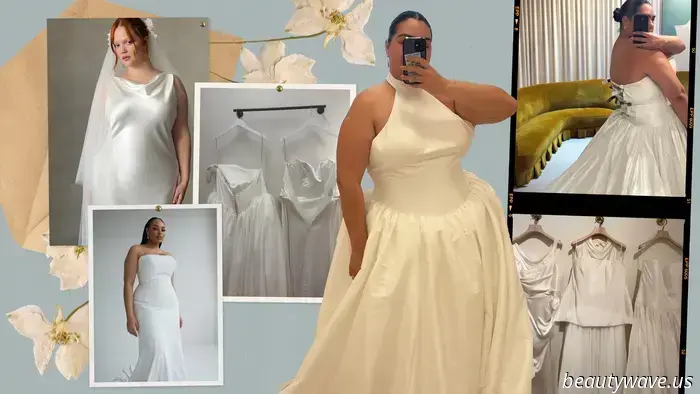
Designers are finally starting to recognize the needs of plus-size brides—what caused the delay?
There exists a distinctly isolating type of loneliness for plus-size brides before they ever step into a single dress. The wedding industry, entrenched in fantasy, often conveys a sense of exclusion from the dream. From an outsider's perspective, the choices appear straightforward: either opt for a mass-produced gown made of rigid synthetic material adorned with an overwhelming amount of rhinestones, or spend a fortune on a custom piece that you can’t try on from a brand that rarely showcases models resembling you. Neither choice feels inspiring nor equitable.
Even prior to beginning the search, I had already tempered my expectations to nothing. After watching numerous TikTok videos of brides forced into a single size 10 sample and hearing tales of stylists delivering backhanded praises framed as support, I was well aware of the routine. However, behind my practical exterior lay a deeper anxiety: the thought that the style I had always cherished—elegant, understated, purposely minimalist—might not be accessible to me. I could only be plus-size or fashionable, never both. I didn’t desire bravery or flattery; I needed to feel acknowledged. I wanted to sense that I belonged in the space rather than feeling like I had to justify my presence. In an industry where size inclusivity often feels like a mere checkbox or an afterthought, this simple desire felt like an unrealistic hope.
Shopping for wedding dresses is marketed as a joyous rite of passage—filled with champagne, tears, and moments of transformation. Yet, for many plus-size brides in the U.S., it is a starkly different experience. It serves as a reminder of how the wedding industry continues to overlook them, even if they possess both the taste and budget for more. Although there have been strides made in the last decade, stylish, size-inclusive gowns in the contemporary and demi-couture markets remain frustratingly scarce. From creating patterns to representation on runways, we still have a long way to go towards equity.
I'm not alone in these sentiments. Many brides have shared similar feelings, and countless professionals advocating for them have echoed these frustrations for years. "Originally, my frustration with bridal stemmed from the lack of samples. … It's baffling that there’s nothing available for midsize, curvy brides when that represents the majority in America," explains Alysia Cole, a plus-size bridal stylist and content creator. Most bridal showrooms only stock two sizes: a size 4 and a size 10, designed to accommodate as many sizes above, below, and in between as possible. Since bridal wear is often cut two to four sizes smaller than typical clothing—a standard set by couture houses decades ago—those above a size 14 often find themselves out of luck.
It's crucial to recognize that not every small, independent designer can produce a plus-size sample for every style they offer due to increased production costs and labor, but it's still disappointing for plus-size brides looking for a gown. Cole notes that entering a bridal studio without any options to try on right away sets plus-size brides up for disappointment. With ten years of experience focusing on plus-size, queer, and gender nonconforming partners, Cole launched her business out of sheer necessity. When she became engaged in 2015, she felt that the industry wasn't tailored for her. At times, she still feels that way, despite years of superficial advancements in size inclusivity within the ready-to-wear sector.
Cole cannot shake the impression that the wedding industry imposes a 'fat tax' akin to the 'pink tax,' which explains the higher prices for goods and services marketed to women. When approached by clients, Cole will contact brands to see if they can create a one-off dress in an extended size. The response is typically split evenly, with some designers willing to assist while others cannot. For those ateliers that do accommodate, it is uncommon to find one that does not charge extra for the larger size, citing the need for additional labor, a new pattern, or extra fabric as justification for the increased cost. For a few renowned designers offering this service, it can raise the dress price by as much as 50%. Moreover, this extended size option often remains somewhat hidden, suggesting a reluctance to openly acknowledge their lack of inclusivity.
Cole is particularly frustrated by the argument surrounding fabric costs. "I detest it with every fiber of my being," she confesses. "I always counter with, 'Then why aren’t you charging more for a size 6 than a size 0?' They never do that. It’s an arbitrary distinction that’s incredibly frustrating." The 'bridal fat tax' is evident at every step of the wedding dress hunt. Even if you find a dress you adore, many designers struggle to accurately cut patterns for true plus-size bodies, often resulting in awkward proportions that lead to costly alterations—expenses that could have been avoided had the dress been designed with plus-size bodies in mind from the outset.
April saw New York Bridal Fashion Week come








Other articles
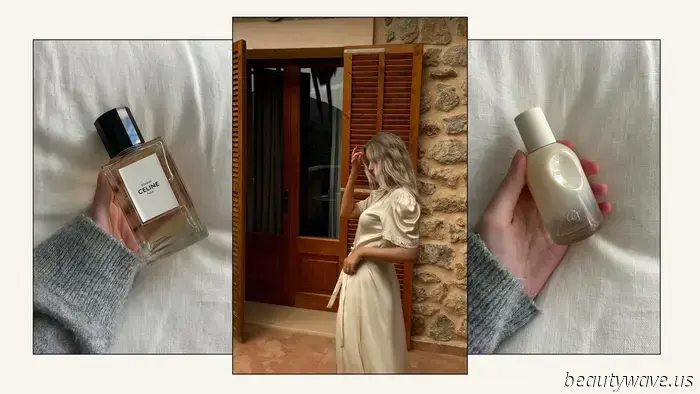 I Don't Prefer Strong Fragrances—These Subtle Scents Remain Timelessly Stylish.
Discreet and graceful.
I Don't Prefer Strong Fragrances—These Subtle Scents Remain Timelessly Stylish.
Discreet and graceful.
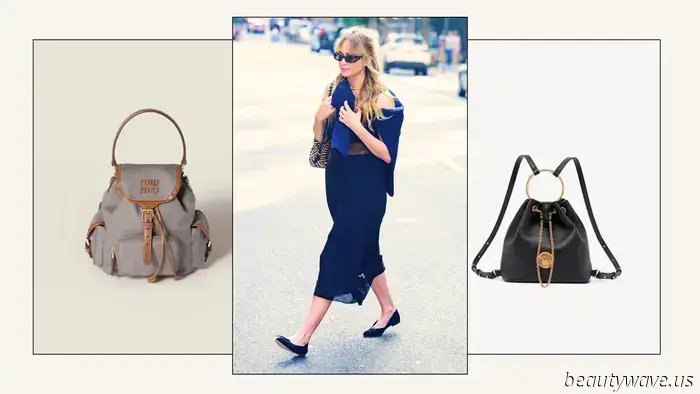 The "Dated" Bag Trend We Thought We Had Left Behind in the '90s Has Reappeared at Miu Miu and with Jennifer Lawrence
A resurgence is on the horizon.
The "Dated" Bag Trend We Thought We Had Left Behind in the '90s Has Reappeared at Miu Miu and with Jennifer Lawrence
A resurgence is on the horizon.
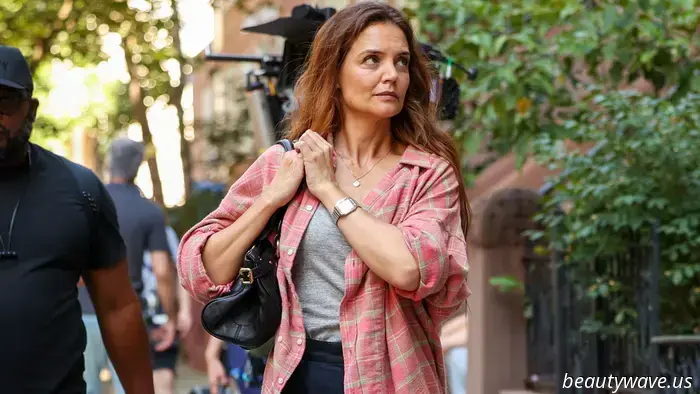 Katie Holmes Is Already Sporting the Boho Boot Color Trend That Fashion Enthusiasts Everywhere Will Adore This Fall.
Not just once, but twice.
Katie Holmes Is Already Sporting the Boho Boot Color Trend That Fashion Enthusiasts Everywhere Will Adore This Fall.
Not just once, but twice.
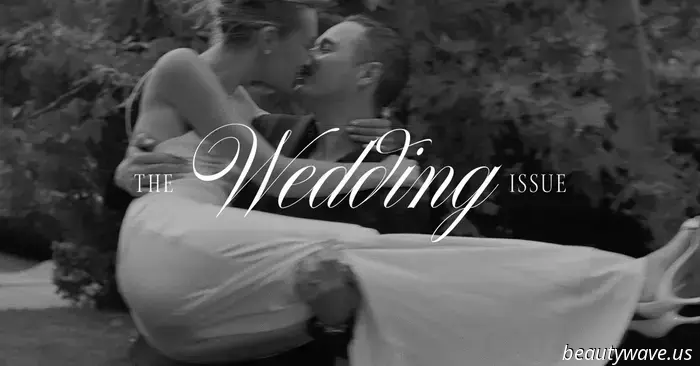 The 2025 Wedding Edition
Explore Who What Wear's Wedding Issue for all the essential information you need about the bridal scene this year.
The 2025 Wedding Edition
Explore Who What Wear's Wedding Issue for all the essential information you need about the bridal scene this year.
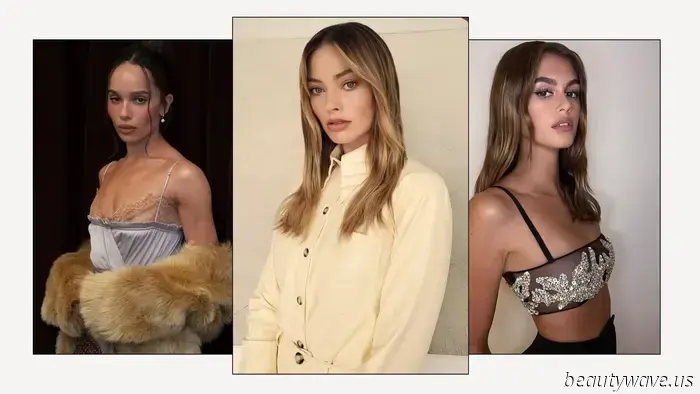 Face-Framing Waves: The Subtle Hairstyle Celebrities Consistently Rely On—Here’s How to Style Them.
Easy? Yes, but extremely effective.
Face-Framing Waves: The Subtle Hairstyle Celebrities Consistently Rely On—Here’s How to Style Them.
Easy? Yes, but extremely effective.
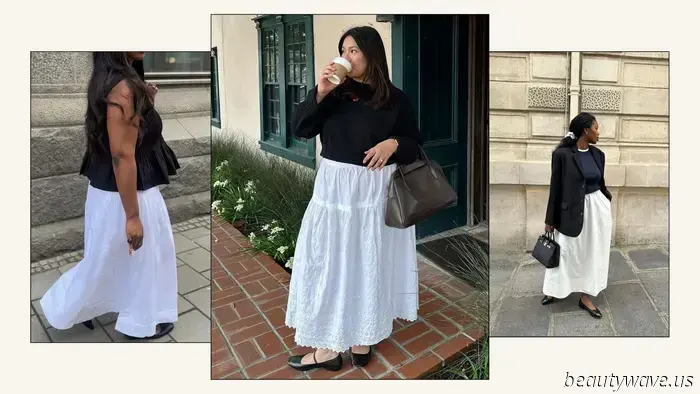 Fashion enthusiasts are abandoning sandals in large numbers—opting instead for elegant flat shoes paired with white skirts.
The change occurred suddenly.
Fashion enthusiasts are abandoning sandals in large numbers—opting instead for elegant flat shoes paired with white skirts.
The change occurred suddenly.
Designers are finally starting to recognize the needs of plus-size brides—what caused the delay?
Shopping for a wedding dress is promoted as a joyful milestone, yet for numerous plus-size brides, it serves as a reminder of how the bridal industry often neglects them.
